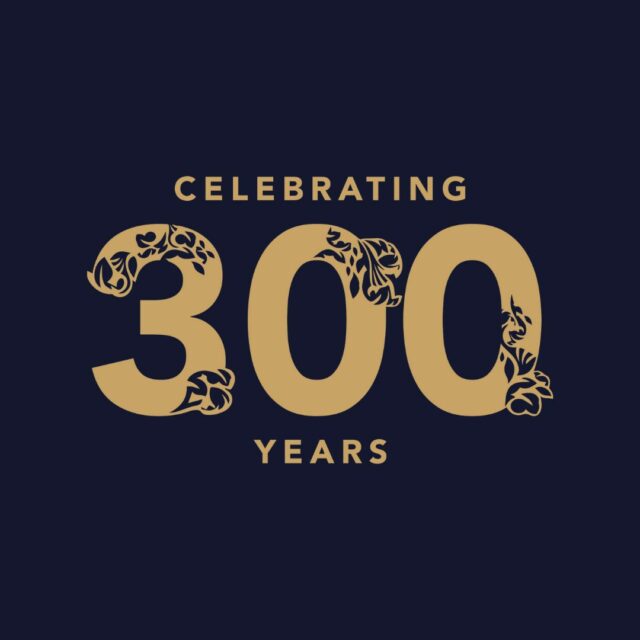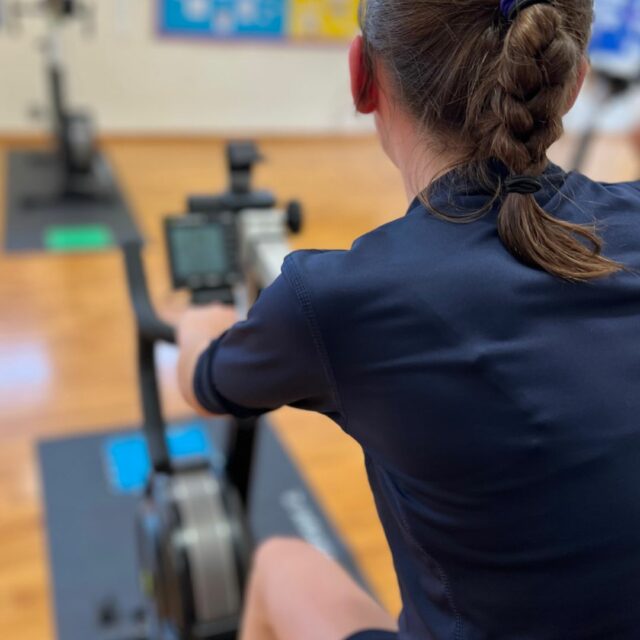Our enthusiastic Year 12 biologists took part in the Biology in Action conference. Archana shares her thoughts on this eye-opening event.
I really enjoyed this year’s Biology in Action trip at the Emmanuel Centre in London. We were able to attend lectures presented by Biology icons including Nessa Carey – the author of ‘The Epigenetics Revolution,’ Lucy Eckersley – wildlife presenter and photographer, and Tim Underwood – professor of GI surgery at the University of Southampton.
I appreciated the fact that these lectures were aimed at A Level students, so not only did they act as career inspiration, but the speakers also discussed their educational journeys starting from the A Levels they took to the universities they went to and the courses they chose to pursue. It was quite reassuring to hear that in many of their cases, they did not know exactly what they wanted to pursue as a career while they were doing their A Levels, and that the journey to their respective careers was not a linear path.
There was a variety of careers in biology that were discussed at the event: In terms of zoology, Lucy Eckersley talked about how diseases affect wildlife and ecosystems. It was a very interactive session that involved a bit of detective work, as we tried to link together various pieces of data to discover the root cause for sudden suspicious behaviour in animal groups. For example, we were told that there was an increased number of dolphin deaths in the waters surrounding Hawaii, and that more people were starting to pave over their driveways with concrete in California. Then we had to try and link the information together. Many theories were shared, but in the end, the reason for the increased dolphin deaths was because the faeces of house cats that carried the disease Toxoplasma gondii was being washed into the sewers. It ran over the concrete driveways instead of being filtered through the ground. Though this did not have negative effects on the cats, it was lethal to dolphins, so when the parasite was flushed into their waters, the dolphins suddenly died in large numbers.
In terms of medicine and medical research sciences Tim Underwood and Nessa Carey had some very fascinating talking points. As a lead surgeon in the field, Tim Underwood discussed the intricate details of removing tumours through Gastrointestinal surgery. He talked about the ways in which cancer cells spread, and how treatments affect it. My favourite part of his lecture was when we were shown an actual video of a surgery that he performed – though there was a lot of blood! I also particularly liked the part of his talk where he discussed the new used of AI in his field, also showing a video of him practicing using the Da Vinci Robot.
Nessa Carey explained the research side of biology where she studies epigenetics. She used different sweets to represent how epigenetic modifications are physical changes that occur on the histones that hold wrapped DNA, thus, able to turn certain genes ‘off’ and ‘on’ based on both inherited and environmental qualities. I found it quite interesting when she explained that these epigenetic modifications based on environmental factor could also be passed down through generations. Consequently, offspring could be born with these epigenetic modifications already on their histones without ever encountering the environmental factors first-hand.
In conclusion, I thought this trip was an inspiring and educational experience that gave us the opportunity to hear from and talk to successful biologists that were once in our shoes.
Archana S, Year 12




